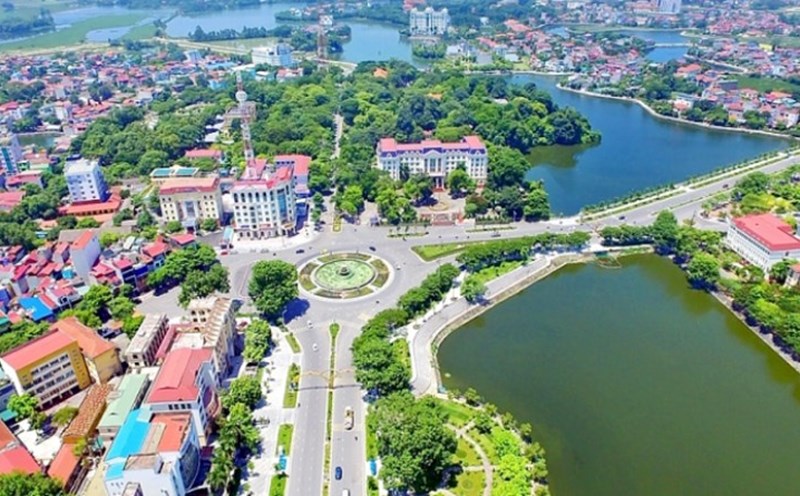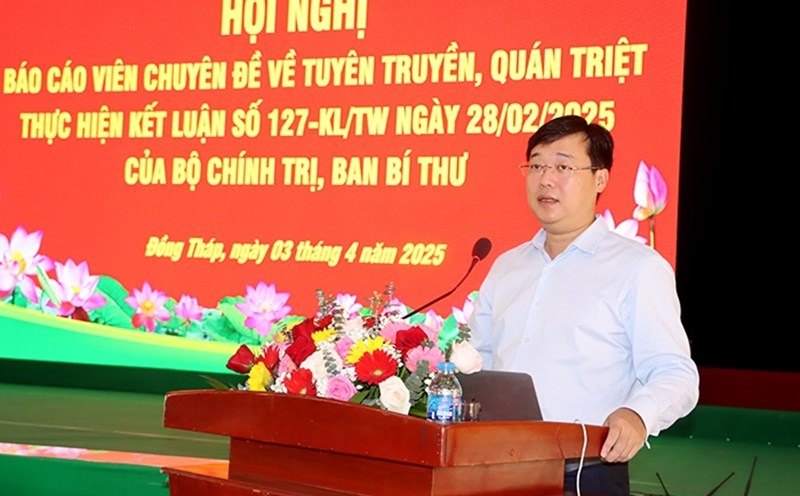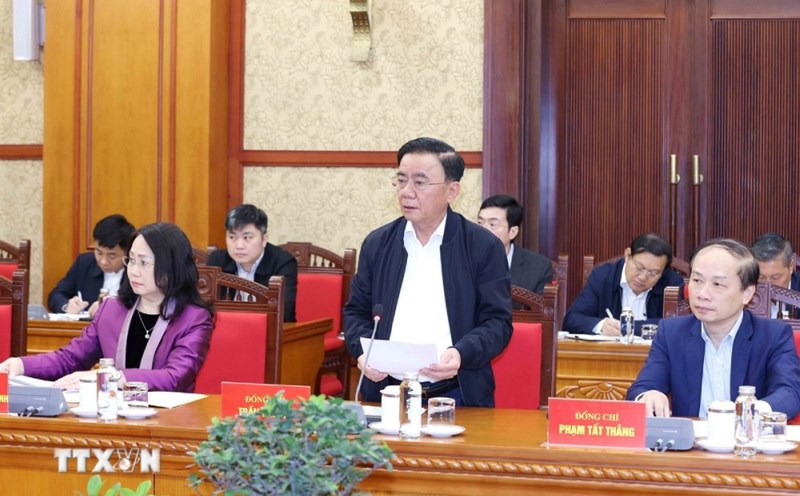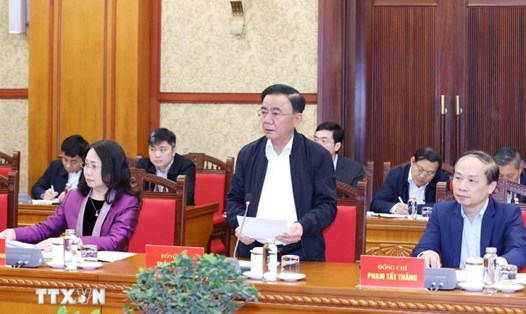At the meeting of the leaders of the Party and the State with the old revolutionary cadres, people with meritorious services, typical policy families in the Central region, on the 50th anniversary of the liberation of the South and the reunification of the country (April 30, 1975 - April 30, 2025) on March 28, General Secretary To Lam said that the organizational system of the administrative apparatus will restructure consisting of 3 levels, which is the Central; Provinces, cities and communes and wards.
Initially, it was expected that 34 provinces and cities would be based on the rearrangement of the current 63 provinces and cities. Not organized at the district level and will have about 5,000 commune and ward levels.
This organizational structure aims to make cadres closer to the people and serve the people better.
Regarding the work of arranging administrative units, the Ministry of Home Affairs is currently the agency to advise and develop projects related to the arrangement of administrative units at all levels and build a model of organizing local government at 2 levels to submit to competent authorities.
In recent times, the Ministry of Home Affairs has focused on completing and collecting opinions on the draft Law on Organization of Local Government for amending and the draft Resolution of the National Assembly Standing Committee on the arrangement of administrative units.
In particular, the draft Resolution of the National Assembly Standing Committee stipulates the criteria for arrangement for provincial and commune-level units in the direction of closely following 6 criteria that have been reviewed and agreed upon by the Politburo.
The draft Resolution specifically stipulates the standards and quantity of commune and ward-level administrative units after the reorganization.
Accordingly, the new commune after the arrangement has a natural area and a population of 300% or more compared to the commune's standards prescribed in the Resolution of the National Assembly Standing Committee on standards for administrative units and classification of administrative units.
For the population size standard of mountainous communes, highlands or national borders on land with 30% or more of the population being ethnic minorities, the minimum is 7,500 people.
The new ward after the arrangement has a natural area of 35km2 or more and a population of 50,000 people or more. Wards in mountainous and highland areas will have a population of 35,000 or more people.
In case of arranging 4 or more commune-level administrative units into a new commune or ward, it is not necessary to assess the standards on natural area and population size according to regulations.
In addition, the draft stipulates that in case the arrangement of administrative units has been in accordance with the orientation of the competent authority and ensuring the provisions of the draft Resolution, there is no consideration of conditions and not evaluating other standards in accordance with the Law on Organization of local governments and the Resolution of the National Assembly Standing Committee on the standards of administrative units and classifying administrative units.
At the meeting of working groups in March and April to deploy tasks for the second quarter and April, Minister Pham Thi Thanh Tra said: The Ministry of Home Affairs will complete the project to report to the Party Central Committee at the 11th Conference.
The Minister suggested that units need to focus highly on implementing the task of arranging administrative units at the provincial and commune levels, organizing local governments at both levels, submitting to the National Assembly Standing Committee and the National Assembly before June 30, so that commune-level governments will start operating from July 1, and provincial governments will operate after August 30.











